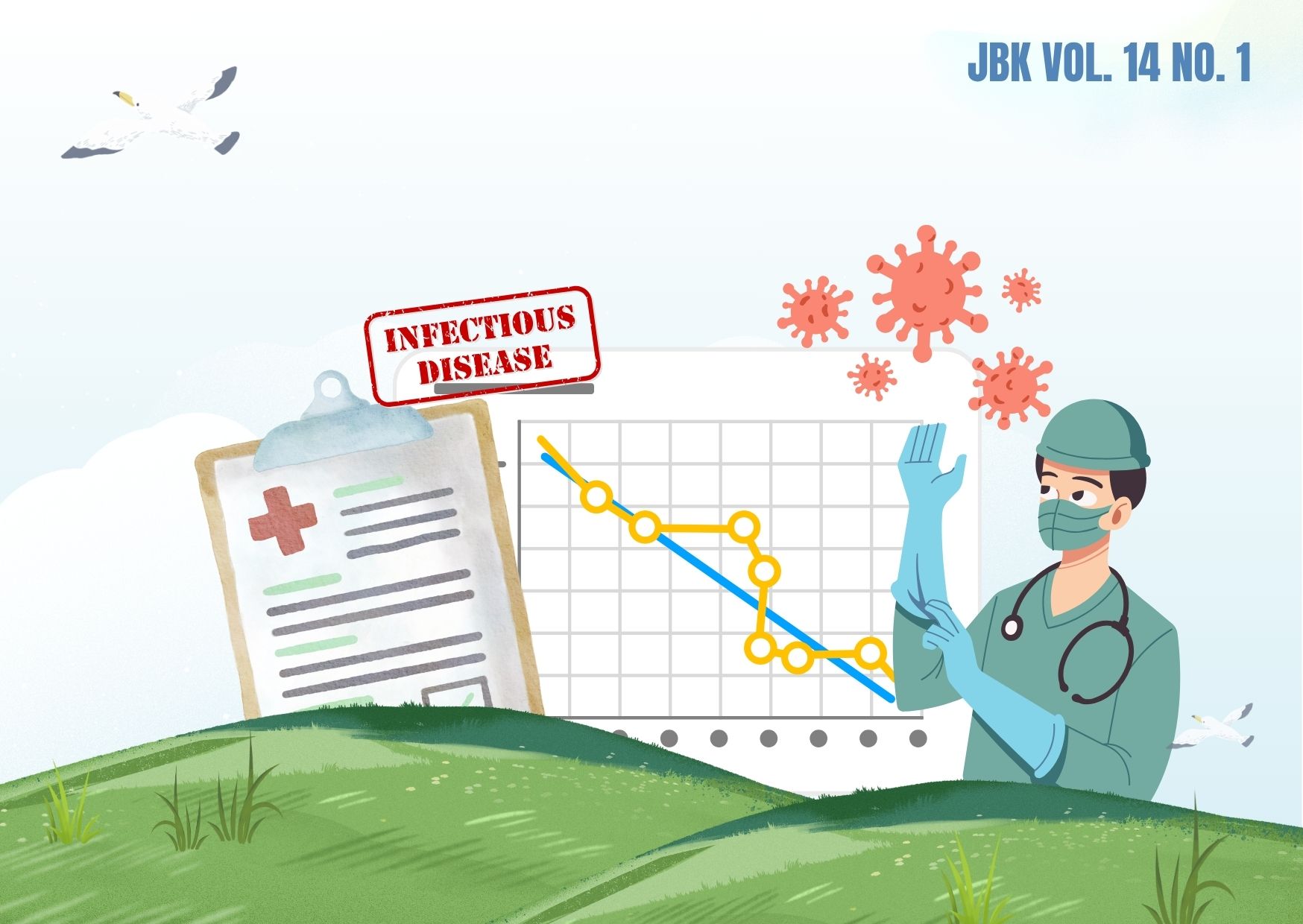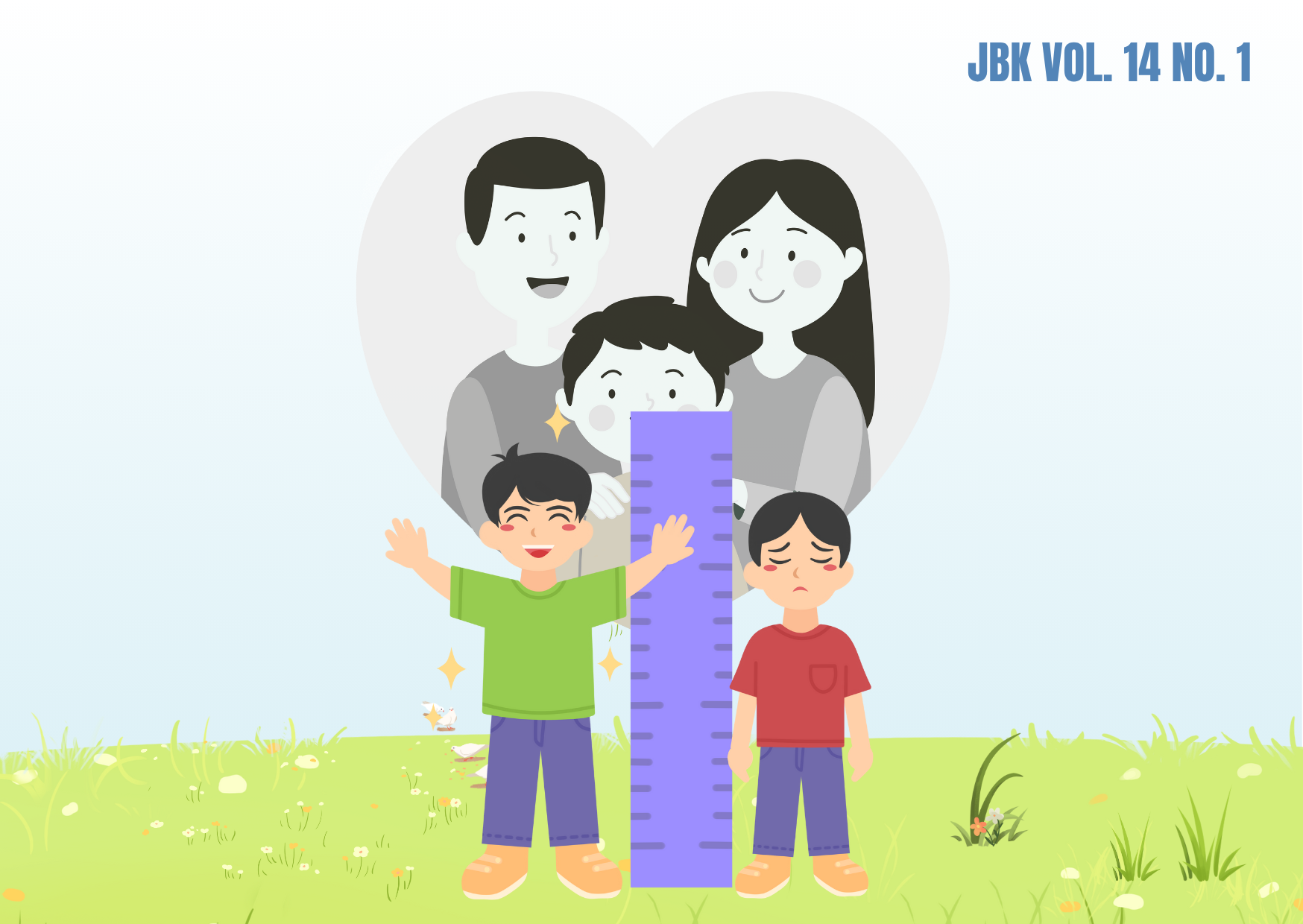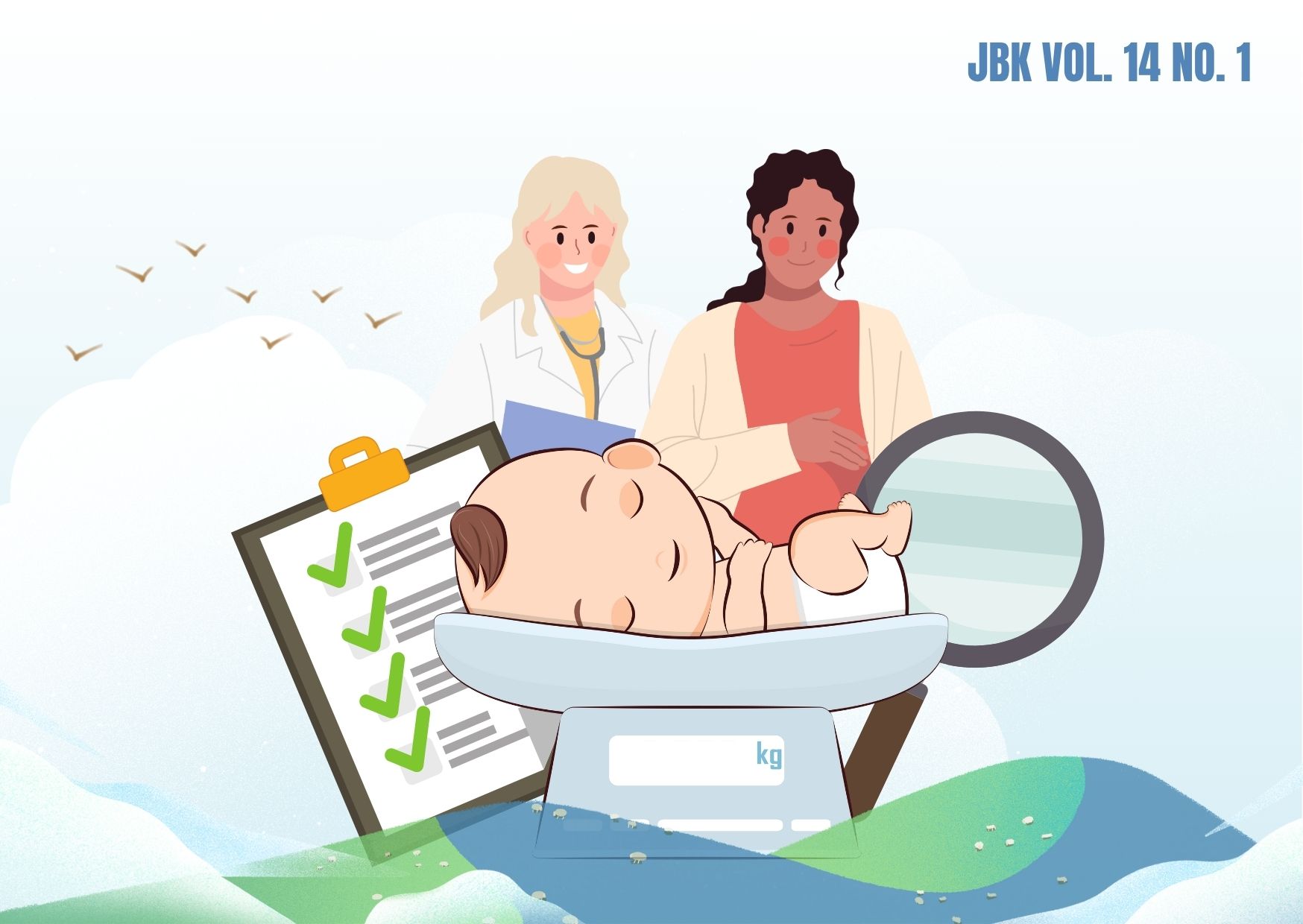FERTILITY RATE USING THE PALMORE FORMULA IN EAST JAVA PROVINCE: A STUDY OF 2015 SUPAS
Downloads
Fertility is an important indicator for the success of state development, especially in the health sector. It can be estimated through direct and indirect methods. This study aimed to determine the fertility rate in East Java province indirectly using the Palmore Formula. This study was a descriptive analysis using secondary data from the 2015 Inter-census Population Survey / Survei Penduduk Antar Sensus (SUPAS). It calculated the rate directly and manually. The Total Fertility Rate (TFR) was at 2.02 per two children born by each mother in East Java province. It was compared with the national average published by the Central Bureau of Statistics within 5 periods of SP1990, SUPAS 1995, SP2000, SUPAS 2005, and SP2010. In each period, the rate was lower without any difference. The Palmore Formula is considered a good method for estimating fertility rates.
Central Bureau of Statistics, 2013. Proyeksi Penduduk Indonesia Indonesia Population Projection. [online] Jakarta: Central Bureau of Statistics. Available at: <https://www.bappenas.go.id/>.
Central Bureau of Statistics, 2015. Kajian lifetable indonesia. [online] Jakarta. Available at: <https://www.bps.go.id/>.
Gunawan, G., Kurniati, E. and Sukarsih, I., 2017. Implementasi Model Perhitungan Perkiraan Total Fertility Rate (TFR) Berdasarkan Efektifitas Penggunaan Alat Kontrasepsi di Provinsi Jawa Barat. Matematika,16(2), pp.1–8.
Heryanah, 2015. Aging Population dan Bonus Demografi Kedua di Indonesia. Populasi, 23(2), pp.1–16.
Informer Technologies, I. (2020) 'Mortpak 4.3'. UN. Available at: <https://mortpak.software.informer.com/>.
Kusyanto, H., 2018. Review Penurunan Fertilitas di Negara Berkembang : Tren dan Penjelasan. Publikauma : Jurnal Administrasi Publik Universitas Medan Area, 5(2), p.34-40.
Marhaeni, A. and Rustariyuni, D., 2013. Studi Komparatif Fertilitas Penduduk Antara Migran dan Nonmigran di Provinsi Bali. Jurnal Kependudukan dan Pengembangan Sumber Daya Manusia, IX(2), pp.77–88.
Pramono, M., Wulansari, S. and Sutikno, S., 2013. Pemetaan Determinan Angka Kematian Bayi di Jawa Timur Berdasarkan Indikator Indeks Pembangunan Kesehatan Masyarakat. Buletin Penelitian Sistem Kesehatan, [online] 15(1 Jan), pp.38–46. Available at: <https://media.neliti.com/>.
Raharja, M.B., 2017. Fertilitas Menurut Etnis Di Indonesia: Analisis Data Sensus Penduduk 2010. Jurnal Kependudukan Indonesia, 12(1), pp.69–78.
Rahman, A., 2018. Menelusur Determinan Tingkat Fertilitas Jurnal EcceS Abstract : Tracking Determinants of Fertility Levels. Jurnal EcceS, 5(9), pp.57–77.
Ramadhani, A., Sumarno, H. and Mangku, I.W., 2017. Estimasi Fertilitas Dengan Model Coale-Trussell Dan Aplikasinya Terhadap Data Indone. Journal of Mathematics and Its Applications, 16(1), pp.1–12.
Rochaida, E., 2016. Dampak Pertumbuhan Penduduk Terhadap Pertumbuhan Ekonomi dan Keluarga Sejahtera di Provinsi Kalimantan Timur. Forum Ekonomi, 18(1), pp.14–24.
Samosir, OB and Rajagukguk, W., 2018. Demografi Formal. I ed. [online] Jakarta: UKI Press. Available at: <https://www.researchgate.net/publication/325795730>.
Salim, L., A, Lazuardi, L. and Kuntoro, K., 2018. Smart Fert: Aplikasi Praktis, Valid, dan Mudah Untuk Mengukur Indikator Fertilitas di Era Otonomi Daerah. Populasi, 25(1), pp.33–51.
Sorvianti, I., 2012. Pengukuran Fertilitas Menggunakan Metode Rele dan Gunasekaran-Palmore. [online] Institut Pertanian Bogor. Available at: <https://repository.ipb.ac.id/>.
Sudibia, I.K., Ayu, I.G., Dewi, M. and Rimbawan, I.N.D., 2015. Faktor-faktor yang Mempengaruhi Menurunnya Usia Kawin Pertama di Provinsi Bali. Piramida, 11(2), pp.43–58.
Syahbuddin, S. and Nurhayati, S., 2016. Determinan Fertilitas Di Indonesia (Determinant of Fertility in Indonesia). Kependudukan Indonesia, 11(1), pp.1–14.
Wahyuni, S. and Nuraini, 2012. Estimasi Parameter Demografi : Tren Fertilitas, Mortalitas dan Migrasi Hasil SP2010. [online] Jakarta: BPS. Available at: <https://www.bps.go.id/>.
Copyright©2022 Jurnal Biometrika dan Kependudukan (Journal of Biometrics and Population)
This work is licensed under a Creative Commons Attribution-NonCommercial-ShareAlike 4.0 International License.
1. Copyright of all journal manuscripts is held by the Jurnal Biometrika dan Kependudukan.
2. Formal legal provisions to access digital articles of the electronic journals are subject to the provision of the Creative Commons Attribution-ShareAlike license (CC BY-NC-SA), which means that Jurnal Kesehatan Biometrika dan Kependudukan to keep, transfer media/format, manage in the form of databases, maintain, and publish articles.
3. Published manuscripts both printed and electronic are open access for educational, research, and library purposes. Additionally, the editorial board is not responsible for any violations of copyright law.



































